News
2023.09.15
Columns
Iron as a Material for Knives

Table of Contents
1. What is Iron?
2. Composition of Iron
3. What Kind of Iron is Suitable for Knives?
4. Stainless Steel, a Material that Overcomes the Drawbacks of Iron
5. Types of Stainless Steel Used for Knives
What is Iron?
Modern life is surrounded by many iron products. Iron has abundant reserves, is not unevenly distributed, and has excellent hardness and wear resistance. Furthermore, it is a very useful material that can have various properties changed by mixing it with other metals or changing its crystal structure. It can be said that without iron, humans would not have been able to build the civilized society like we have today.
Composition of Iron
There are astrophysical reasons why iron is abundant in nature. Stars like the Sun generate and release energy primarily by fusing hydrogen into helium. When it runs out of hydrogen, it then initiates a fusion reaction that transforms the helium into heavier elements like lithium and beryllium, and finally ends the fusion reaction by producing iron.
Iron is a physically stable substance, and even if iron is fused with other substances, it will immediately undergo a nuclear fission reaction and return to iron. And the iron produced in large quantities will eventually cause a supernova explosion if it is a large star, and will be released into the entire universe, and it will be the material from which stars such as the earth are made. Therefore, iron accounts for about 30% of the elements that make up the earth, making it by far the most abundant element. Unfortunately, due to its high specific gravity, most of it is in the center of the earth, but the crust that we can use also has plenty of iron.
What Kind of Iron is Suitable for Knives?
Most modern knives are made of iron. (Although some are made of ceramic.)
In the natural world, iron usually exists in the form of iron ore (iron oxide), and in order to use it, it must be heated together with carbon such as charcoal or coal at a high temperature to remove oxygen (steel manufacturing). (Reducing action.)
Iron made by normal ironmaking methods is called cast iron, which contains about 4 to 5% carbon, and this is also the material for Nanbu Tekki. Cast iron is brittle and prone to cracking, so it is not suitable for use as knives. In order to make it suitable for knives, it is necessary to further smelt it into steel from which carbon has been removed.
In this way, the carbon content greatly affects the properties of iron, so steel products with various carbon contents are manufactured according to the application, such as when used for tools as well as knives.
Stainless Steel, a Material that Overcomes the Drawbacks of Iron
Iron is a very convenient material that is easy to make and use, but it has the disadvantage of being easily oxidized (rusted). As metal technology developed in the 20th century, iron mixed with chromium became popular because of its excellent resistance to oxidation. This is stainless steel. Nowadays, most kitchen knives used in ordinary households are made of stainless steel.
There is a standard for stainless steel to contain 13% or more of chromium, but even though it is simply called stainless steel, its properties change due to the addition of various elements other than chromium, such as nickel, molybdenum, vanadium, etc. Various things are being developed. There are over 100 types of stainless steel products classified by JAS. Furthermore, apart from the JAS standards, each steel manufacturer is developing products that are more suitable for their intended use.
In order to be used in knives, it must have properties such as hardness, resistance to wear, resistance to corrosion, and viscosity (flexibility). A different type of higher performance stainless steel is used.
Types of Stainless Steel Used for Knives
Typical stainless steels used for cutlery include the following:
・420j2:The most popular material, but its hardness is relatively low.
・AUS-8:Molybdenum is added to provide both high hardness and flexibility.
・VG-10:High performance material specially developed for high-end knives
However, even if the same material is used, its properties can change significantly by changing its crystal structure. There are processes such as quenching, tempering, annealing, and forging that change the crystal structure, but it would be a long story to explain them, so I’ll save that for another time.
Imoto Sangyo handles a wide variety of Japanese kitchen knives.
For more information, please see the “Goods & Cases” page.
Category
Archive

